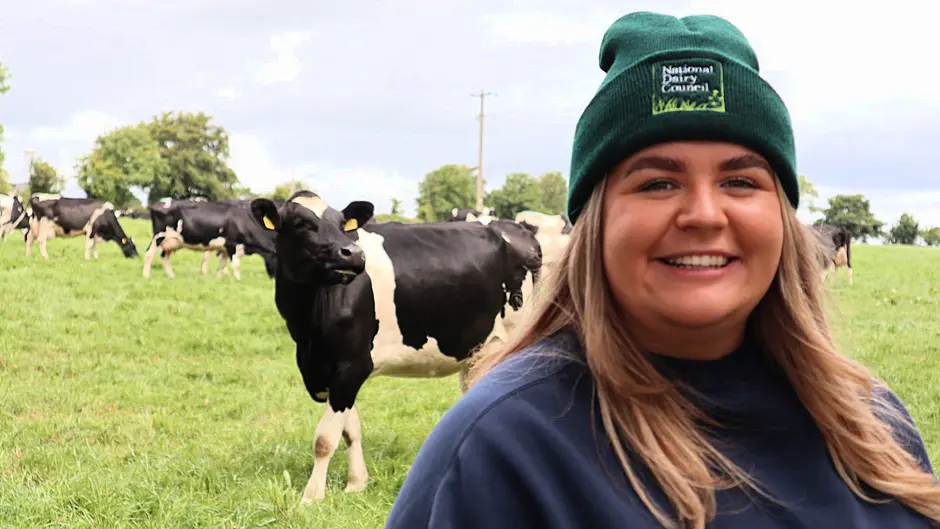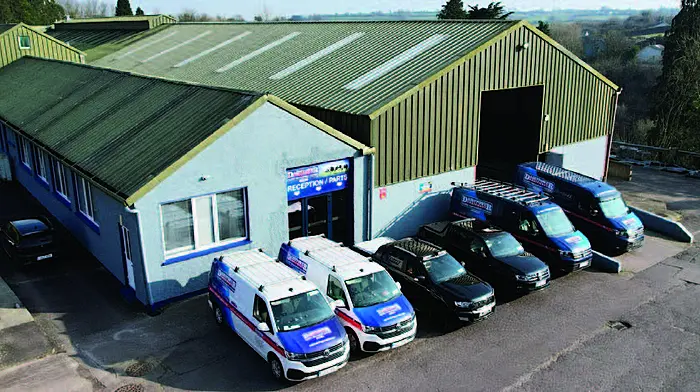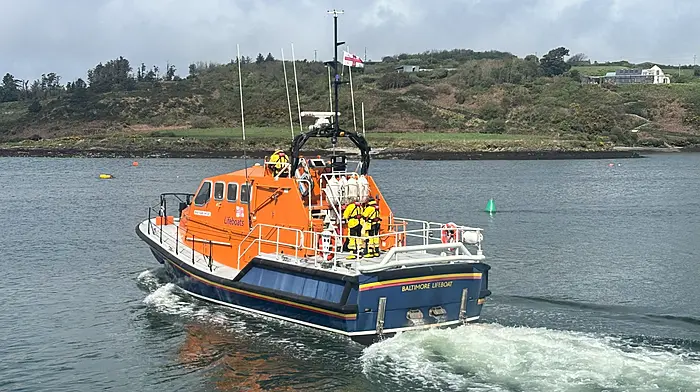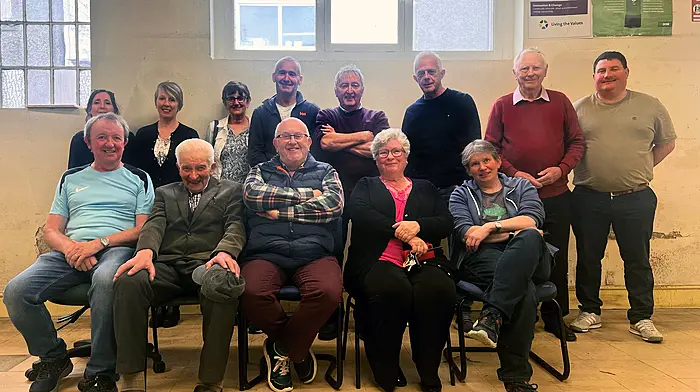DAIRY farming has been taking place in Ireland for 6,000 years.
Our climate is ideal for the grass that our cows turn into nutritious milk. Irish cows are outside grazing grass between 240 to 300 days of the year and are not, as in many other countries, housed indoors and given processed feed.
There are 17,500 family- run dairy farms in Ireland, 60,000 people are employed by the industry and dairy farming brings €6m to the Irish economy each year. Irish dairy is not, however, without its detractors.
 NDC and Kerrygold Quality Milk Awards Hegarty Family Farm, Killavarrig, Whites Cross, Co. Cork. (Photo: Clare Keogh)
NDC and Kerrygold Quality Milk Awards Hegarty Family Farm, Killavarrig, Whites Cross, Co. Cork. (Photo: Clare Keogh)
Agriculture accounts for over 37 per cent of greenhouse gas emissions in Ireland, which must be reduced by 25 per cent by 2030. It’s a challenge, but one that Irish farmers are rising to with a combination of ambition, innovation and technology. Farmers across the country are investing in new technologies and methodologies designed to offset their carbon ‘hoofprint.’
Low-emission slurry-spreading reduces ammonia emissions, while the switch to low- emissions fertiliser has the potential to reduce total farm emissions by up to 8 percent. Clover in the pasture significantly reduces the need for chemical fertiliser meaning less run-off into our waterways and a significantly lower carbon hoofprint for Ireland’s herd.
The quality of our cows is another reason why Irish dairy farming is more environmentally friendly. We have good genetics here in Ireland - cows live longer and produce more milk over their lifetime whereas other countries have a considerably lower output per cow.

Beyond production, our farmers are dedicated to the environmental wellbeing of their farms. Moving fences out from hedgerows and watercourses to increase field margins – the areas between the grazing pasture and the field boundary – leaves space for nature and helps to keep pesticides, fertilisers and slurry away from watercourses and hedgerows.
Nicole Keohane, a National Dairy Council Farmer Ambassador farming in Innishannon, Co. Cork, wants people to know more about what farmers are doing to contribute to Ireland’s shared national climate goals.
‘As farmers we understand our obligation to the environment and as a community we are adopting new technologies and practices to reduce our impact and meet the challenge we’ve been set.
'Irish dairy production is already the most carbon efficient in Europe, with a carbon hoofprint of 0.97kg CO2-eq per litre of milk, compared to a global average of around 2kg. Irish farmers want to be given the chance to continue our work while still producing the best milk in the world and ensuring a future for us, our families and for Irish dairy.’
Visit www.ndc.ie/farmer-ambassadors
Nicole is a young farmer in Innishannon, Co. Cork. Farming part-time, she is also undertaking a PhD, researching the topic of udder health in the Irish dairy cow focusing on non-antibiotic interventions. Nicole farms alongside her grandparents who have been farming the land for over 30 years, and are currently milking just under 100 cows.








